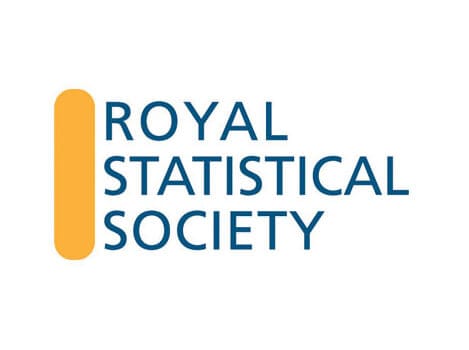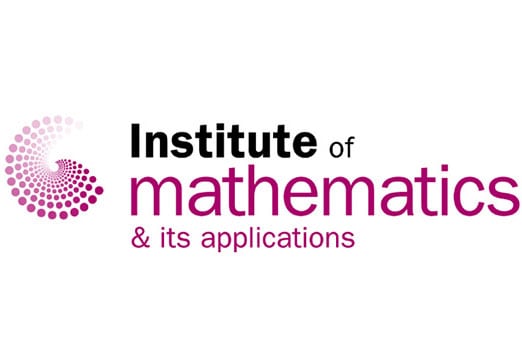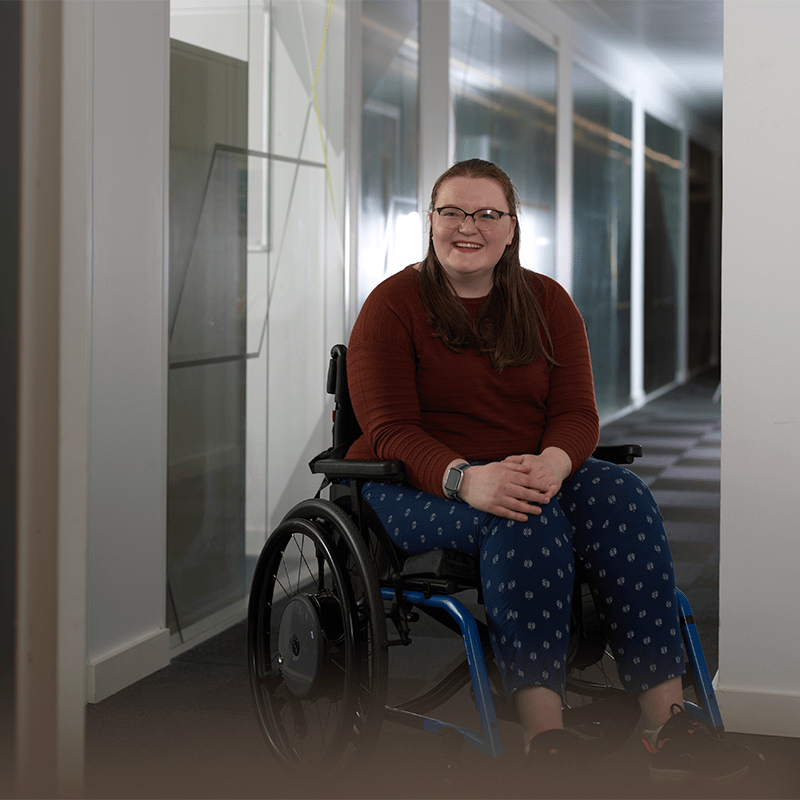Mathematics is an incredibly powerful subject that sits at the foundation of all science and technology. And, as a mathematician, you will learn how to see the beauty of maths in everything; from patterns in nature to geometry in buildings.
You will learn about the ways in which mathematics can be used to make a real difference in society, opening you up to a huge range of career paths, from medicine and social care to energy and climate change. Our highly flexible degree will enable you to find and develop your passions, whether that be in geometry, statistics, algebra, number theory or even further afield. You will become a part of a supportive community of deep thinkers that collaborate to solve problems and to prove and disprove theories.
What to expect
Our four-year BSc Hons Mathematics (Placement Year) degree begins by building your understanding of mathematical methods and concepts through a mix of lectures and workshops. You will explore a wide range of topics, from multivariable calculus, probability and statistics, to logic, proofs and theorems.
In Year 2, as well as deepening your mathematical knowledge in analysis, algebra, probability and statistics, you will start to work on both individual and group projects which will enhance your research and employment skills.
As you progress into Year 4, you can choose modules that appeal to your interests, enabling you to delve deeper and gain the specialist skills and knowledge needed to guide you towards a specific career pathway. This could be in areas such as cryptography, graph theory, medical statistics, abstract algebra, and topology.
Your placement
In Year 3, you will undertake a placement that will enable you to apply the knowledge and skills learnt so far and gain invaluable experience that will then inform your studies in Year 4 and your career beyond.
Although it’s up to you to find your placement, we will support you all the way. Our Careers Service will provide guidance on CVs, applications, interview techniques and creating a digital profile.
Personal development
You will develop valuable transferable skills such as data analysis, problem-solving and quantitative reasoning, all of which make you highly desirable to future employers. These skills are honed by working in collaboration with fellow students, ruminating on theories and testing them out, delivering presentations and communicating your research results. With a year’s experience added to your CV, you will be a standout graduate.
A supportive community
To help you transition from A-level to degree-level study, the School of Mathematical Sciences hosts weekly workshops, problem-solving classes, and one-to-one sessions. If you wish to engage with mathematics beyond that, the MathSoc hosts a weekly Maths Café that includes access to academic support and a casual space to chat with other students.
3 things our mathematics students want you to know:
- Mathematics is a great way to keep your career options open. Applying reasoning and logic to any problem is a sought-after skill in any career, and the learning at Lancaster University is directly related to real-world applications
- Maths is beautiful. You will see it for yourself. Once you begin learning, you start to see maths everywhere in life, all around us in nature and architecture, and that makes it easier to imagine the future possibilities
- Mathematical sciences at Lancaster are incredibly collaborative. You will bounce ideas around with experts, or with students from all years. Our thriving postgraduate research student community has been right where we are, asking the same questions, and there’s even opportunities to talk with them and learn from them









